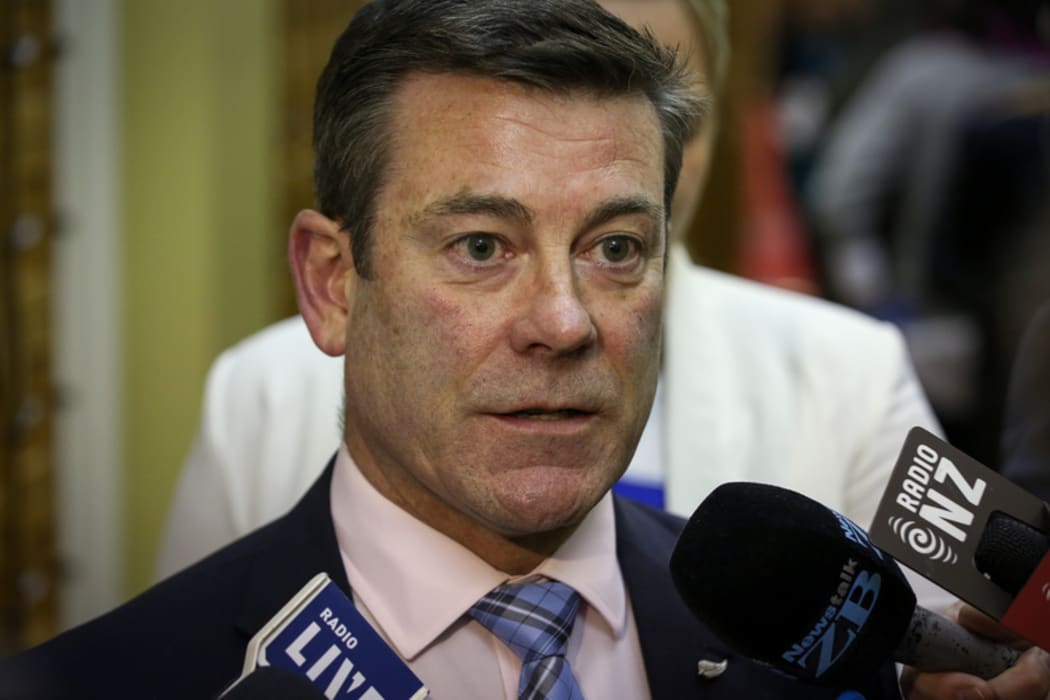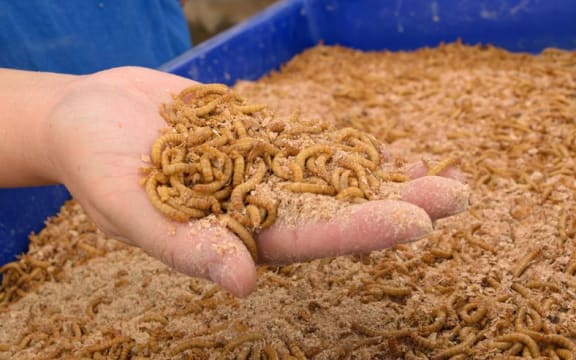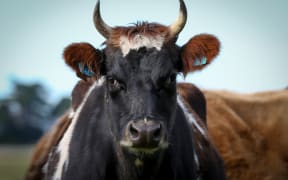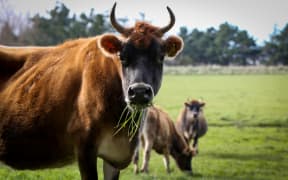The Workplace Safety Minister says his decision to use highly misleading health and safety data proved to be problematic, and that the government has subsequently ditched it.

Photo: RNZ / Alexander Robertson
In August it was revealed that Michael Woodhouse's Health and Safety Bill classified dangerous sectors, like agriculture and construction, as low risk, while innocuous workplaces like worm farms were deemed high risk.
Documents uncovered by the Labour Party show Mr Woodhouse was warned time and time again by his own officials against using the data because it was highly misleading.
Mr Woodhouse said at the time he thought using the disputed data would reduce the quirks and help other politicians understand how the bill would work.
He said the government was now using the data recommended by officials.
Documents released under the Official Information Act show that officials raised concerns about using data from a very detailed level of an industrial classification because it could have "unintended effects". The OIA request resulted in more than 100 pages of correspondence between officials and the minister's office.
Until August, agriculture was considered high risk because of the high number of fatalities and severe injuries.
WorkSafe New Zealand had told Mr Woodhouse in October 2014 that agriculture was the worst performing industry in the country in terms of health and safety, with 20 deaths in 2013, more than forestry, construction and manufacturing combined. In 2014, there were another 20 deaths of agricultural workers.
In the past seven years, 53,000 workers have been injured on dairy farms. Officials also said there was major under reporting of injuries in the agricultural sector, so official statistics are lower than they should be.
In a report released today, Statistics New Zealand said agriculture, including forestry and fishery workers, had the highest rate of injury by occupation, with just under one-quarter of agriculture and fishery workers making a work-related claim in 2014 - the highest incidence by occupation.
In its briefing, WorkSafe said the dairy, beef and sheep industries were the most dangerous sectors of all, with the highest accident and fatality tolls within agriculture.
Agriculture was deemed high risk when considered under level two of the Australian and New Zealand Standard Industrial Classification (ANZSIC), which groups businesses into four increasingly specific and detailed levels.
But in the new Health and Safety bill, the government decided to use level three of the ANZSIC code, which breaks agriculture down into much smaller units - such as worm, rabbit and alpaca farmers and cat breeding, despite warnings from officials against the "highly misleading" results from using such small sample sizes.

Photo: 123rf
Health and safety officials at the Ministry of Business, Innovation and Employment told Mr Woodhouse: "confidence in the accuracy of data analysis and conclusions based on that analysis weakens significantly when information is broken down to lower levels of detail because the sample sizes are smaller".
They said the data should be used with extreme caution and not be relied on as an accurate reflection of risk.
Shortly before the risk categories for the Health and Safety Reform Bill were announced Mr Woodhouse was again warned that the risk settings he was using could lead to "unintended" effects.
Workplaces in the high risk category will be required to have a health and safety officer while those at low risk and with five or fewer employees will not.
"In the agriculture sector, fewer than 2500 workers will be working in small high risk businesses and be able to request a (health and safety) rep or committee - representing approximately four percent of the total workforce in small agricultural businesses," the officials said.
"Leasing of dairy cattle for sharemilking purposes...will be high risk but the actual activity of dairy farming itself will not."
The officials pointed out that candle manufacturers, TV anchors, worm farmers and dog breeders would be able to request health and safety reps while those in the construction industry would not.

Photo: RNZ / Alexander Robertson
Agriculture 'on notice' - Woodhouse
Earlier, Mr Woodhouse said that agriculture's low-risk classification did not mean it was a safe sector and it was on notice to lift its game. He said the real question was how they would do that.
"We've introduced a number of initiatives to ensure that they have the best tools to be able to do that," he said.
Mr Woodhouse said the government was running a five-year Safer Farms programme and working to resurrect a quad-bike safety committee.
Asked whether the government's methodology was flawed in determining risk, Mr Woodhouse said it had looked at data from 2008 to 2013 and indexed it against the size of the industry.
"[Agriculture] employs more New Zealanders than any other industry so when you normalise it out against the size of the workforce, they fell below the thresholds that were set.
"Now, for sheep and beef, they were comfortably below. For dairy it was a much closer run thing, but on balance we let the facts guide us.
"Obviously there's been a little bit of fun around worm farms and mini [golf] but this is a serious examination of how ... all organisations including farming are going to fulfil their obligations under the new law."





